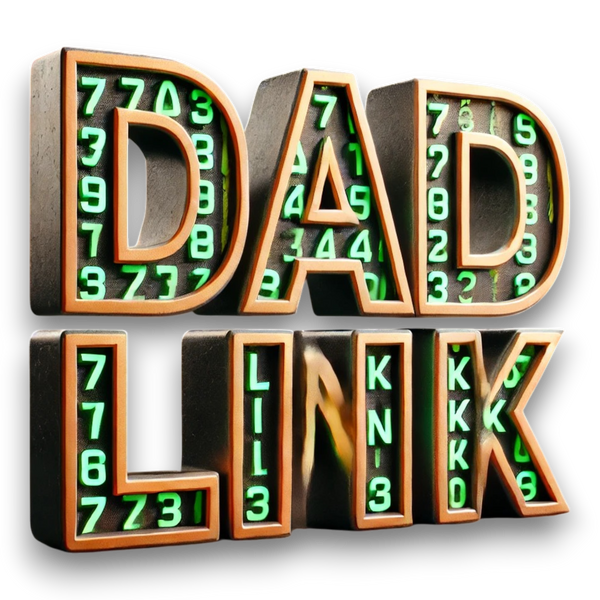
Anger Management
A Comprehensive Guide to Anger Management: Starting the Journey
Anger is a natural human emotion, one that everyone experiences. At its core, anger is a signal—a response to a perceived threat, injustice, or frustration. It can motivate action and bring attention to problems, but when unmanaged, it can harm relationships, mental health, and overall well-being. For those starting the challenging journey of anger management, it’s important to understand that this is not about eliminating anger but learning how to channel it in a healthy, constructive way.
This guide provides a high-level exploration of anger management, tailored for anyone beginning this difficult but transformative journey.
Understanding Anger: The Root Cause
-
What Is Anger?
- Anger is a physiological and emotional response triggered by stress, fear, or frustration. It involves both the mind and body, activating the "fight-or-flight" response.
- It’s not inherently bad; anger is a protective mechanism. The problem arises when it becomes overwhelming or misdirected.
-
What Triggers Anger?
- Common triggers include feeling disrespected, misunderstood, or powerless. Long-term stress, unresolved trauma, or unmet needs can also amplify anger.
- Recognizing your personal triggers is the first step in managing anger effectively.
-
Why Anger Feels Overwhelming
- When anger is triggered, the brain releases stress hormones like adrenaline and cortisol. These chemicals increase heart rate and blood pressure, making it harder to think clearly and leading to impulsive reactions.
The Average Person’s Struggle with Anger
For many, the journey of anger management begins after realizing that anger has started to control their actions rather than being a tool they control. The signs might include:
- Explosive outbursts over minor issues.
- Strained relationships due to harsh words or actions.
- A feeling of guilt or regret after anger subsides.
- Physical symptoms like headaches, tension, or fatigue.
If you’re feeling this way, know that you’re not alone. Anger is a universal experience, and while it feels overwhelming now, there are strategies to regain control.
High-Level Anger Management Techniques
-
Pause Before Reacting
- When anger flares up, the first goal is to create space between the trigger and your reaction.
- Use techniques like:
- Deep Breathing: Inhale for 4 seconds, hold for 4 seconds, exhale for 4 seconds. Repeat until your body begins to calm.
- Counting: Count to 10 slowly before responding to a situation. If needed, count to 100.
-
Identify and Label Your Emotions
- Ask yourself: What am I feeling? What triggered this reaction? Often, anger is a mask for deeper emotions like fear, sadness, or insecurity.
- Naming your emotions helps you understand them and reduces their intensity.
-
Develop Healthy Outlets
- Redirect the energy from anger into constructive activities:
- Physical activities like running, boxing, or even walking can release pent-up tension.
- Creative outlets like drawing, writing, or playing music help process emotions in a non-destructive way.
- Redirect the energy from anger into constructive activities:
-
Practice Problem-Solving
- Once you’re calm, identify the problem that triggered your anger and brainstorm solutions. Focus on what you can control rather than dwelling on what you can’t.
Long-Term Strategies for Managing Anger
-
Understand Your Triggers
- Keep a journal to track what makes you angry and why. Over time, patterns will emerge, helping you anticipate and prepare for triggers.
-
Build Emotional Resilience
- Practice mindfulness meditation to improve awareness and self-regulation.
- Engage in regular exercise and maintain a healthy diet to stabilize mood.
-
Improve Communication Skills
- Learn to express your feelings calmly using "I" statements, e.g., “I feel upset because…” instead of “You always make me angry!”
- Listen actively to others to reduce misunderstandings.
-
Set Boundaries
- Learn to say no or step away from situations that you know will escalate your anger. Boundaries protect your emotional well-being.
-
Seek Professional Help
- Therapy or anger management classes can provide deeper insights and personalized strategies. Cognitive Behavioral Therapy (CBT) is particularly effective for identifying and changing thought patterns that fuel anger.
Challenges for Beginners
For those starting this journey, it’s important to recognize that:
- Change Takes Time: Anger management is not an overnight fix. It’s a process that requires patience and consistency.
- Setbacks Are Normal: There will be moments when anger gets the better of you. Use these as learning opportunities rather than reasons to give up.
- Support Matters: Lean on trusted friends, family, or professionals who can offer encouragement and accountability.
Relating to the Average Person
Many people feel shame or guilt about their anger, especially when it affects loved ones. However, it’s essential to remember that anger is part of being human. The key is not to suppress it but to understand and guide it. If you’re starting this journey, know that it’s one of the most courageous steps you can take—not just for yourself, but for the people you care about.
Conclusion
Anger management is about reclaiming control over your emotions and using them constructively rather than destructively. It’s a journey that begins with self-awareness and continues with practice and perseverance. Whether you’re just starting or have been struggling for years, the tools are within reach to turn anger from a destructive force into a catalyst for personal growth.
Remember: It’s okay to feel angry. What matters is how you handle it. Taking this first step shows strength, and with time, you’ll build the skills to navigate anger with clarity, purpose, and peace.

